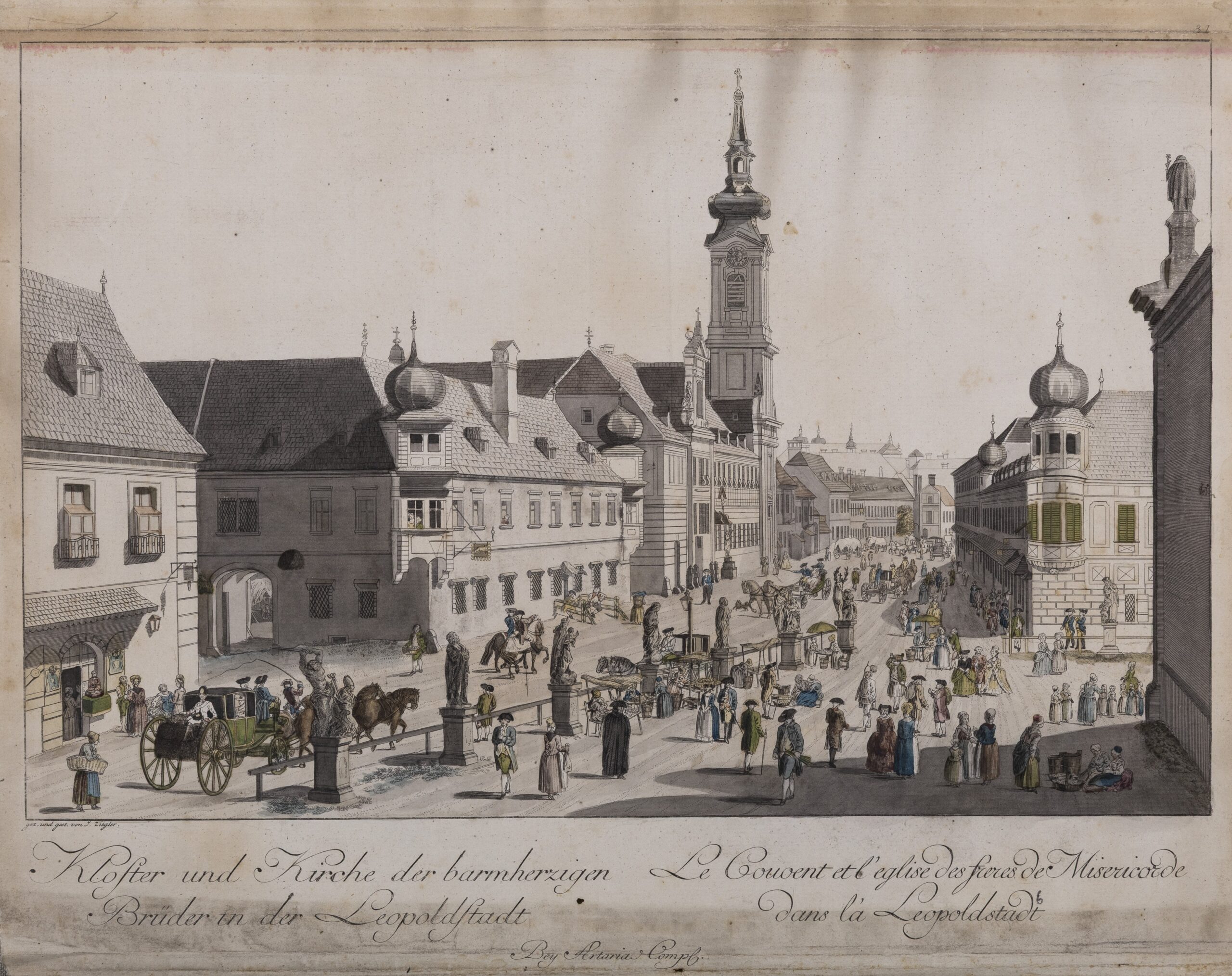The large secret money chest
Though the money chest is a central motif in his story, Ráby makes decidedly few references to it in his Autobiography:
‘… the four repentant Serbs [János Kirovics, György Avakumovics, János Sztojanovics, István Kollarovits] revealed to me that the town council is hiding a large secret money chest in the cellar of János Lukics, the judge, with 80,000 forints in it, and a smaller one as well in the archives, also with a considerable sum.’
‘… I demanded swift action to seize the large secret money chest. This seizure was no longer possible, but everyone knew about the previous existence of the money chest. […] the unfaithful jurors confessed publicly at the county hall that they had already divided the money chest among themselves [1784].’
Now you see the chest, now you don’t
Of Ráby’s 53 denunciations, it was the sixth that concerned the secret coffer. During the investigations, the administrators admitted that the town had had a private treasury since 1781, but also claimed that the councillors used it only to pay fees (copying and stamping documents) and only small amounts were involved.
It is essentially still undecided to what extent the chest kept in the Ferenczy Museum Centre is related to Mátyás Ráby; it was probably made around 1840, and became associated with him only by tradition. The history of the wrought-iron ‘Ráby Chest’ is as uncertain as the story of its namesake. We do not know whether it was the money chest of Szentendre’s councillors (‘the secret treasury’) or was considered the property of Mátyás Ráby, who could only keep his documents in it—hardly his money. Its design resembles the type of iron money chests that were widely used in the late 18th and early 19th centuries. The small compartment on the top served to hold the secret key. The double fittings on the front accepted two padlocks, the keys of which could be entrusted to two people.
More probably, it was the chest with the five straps now on view, which was in the town’s archive at the time of Ráby—though it was not used to hold money. It was made in the 18th century, has a wrought-iron escutcheon around one of the lock holes and was first mentioned in 1797.
‘This is our Ark of the Covenant…’
In Jókai, the chest is given a central and more exalted role, and becomes an important symbol: the Szentendre town council describes at length how the chest is the cornerstone of their existence, the source of their power. The chest, which few can look inside, is the keeper of secrets and money; it is even referred to at one point as their Ark of the Covenant.
The chest is Ráby’s story itself: there is a chest, which, according to legend, is the Ráby Chest. In a surreal, grotesque scene, Jókai focuses on the chest, which the initiates dance around in the cellar of the judge’s house (with a reference to David’s dance in front of the Ark of the Covenant in the Bible).
‘This is our privilege—our protector—our Ark of the Covenant. As long as this chest can hold its own, we are the masters of this town […].’
Jókai’s conclusion to the novel continues to hold true:
‘The people of Szentendre have still not found their great treasure chest: they managed to hide it really well!’

